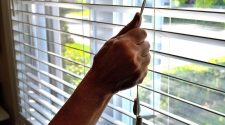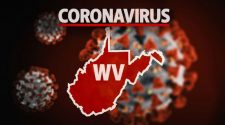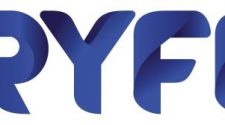Water has been around since the beginning of time, but technology regarding water continues to evolve. According to the U.S. Environmental Protection Agency (EPA), the average American family uses more than 300 gallons of water per day at home. Approximately 70% of this use occurs indoors. Water is one of the world’s most valuable resources — which means we all need to be good stewards and find ways to use it more wisely.
Here’s a snapshot of some of the latest trends in residential water technology:
Smart controllers. Most home owners are able to maintain a beautiful lawn with a combination of rainfall and watering. Not all watering is efficient. In fact, the EPA estimates that by properly managing your irrigation system, you can reduce your annual outdoor water use by nearly 8,800 gallons, which is the equivalent amount of water used to take 500 showers. Smart controllers are irrigation systems that respond to weather conditions and provide a “just right” amount of water for landscaping to help eliminate wasteful water use.
High-efficiency fixtures and appliances. Shower heads, bathroom faucets and toilets are available in models that can save water and on utility bills. Fixtures such as those certified by the EPA’s WaterSense program and ENERGY STAR appliances can reduce indoor water use by 30% or more. WaterSense-labeled products are backed by independent, third–party certification and meet EPA’s specifications for water efficiency and performance.
Rainwater reuse. These systems capture roof runoff in holding tanks, provide treatment as required and allow home owners to use the water for outdoor landscaping or indoor non-potable uses. Rainwater can also be used, where allowed, for potable uses in the home.
Graywater systems. Water used in the home for activities such as showering or laundry can be captured and treated per local requirements, then used for toilet flushing or exterior landscaping.
Atmospheric water generation. These devices produce potable water from the surrounding air. Recent technological advancements have substantially improved the energy-water ratio, increasing the feasibility of using these systems to provide a source of drinking water.
An NAHB Certified Green Professional (CGP)™ designation is a reliable way to identify builders, remodelers, manufacturers and other industry professionals who are committed to making your home green. To find a CGP-certified professional to learn more about the latest water technologies for your home, visit www.siouxlandhba.com/members.
Get local news delivered to your inbox!















Boone County commissioners ‘disavow’ fellow commissioner’s comments on health department